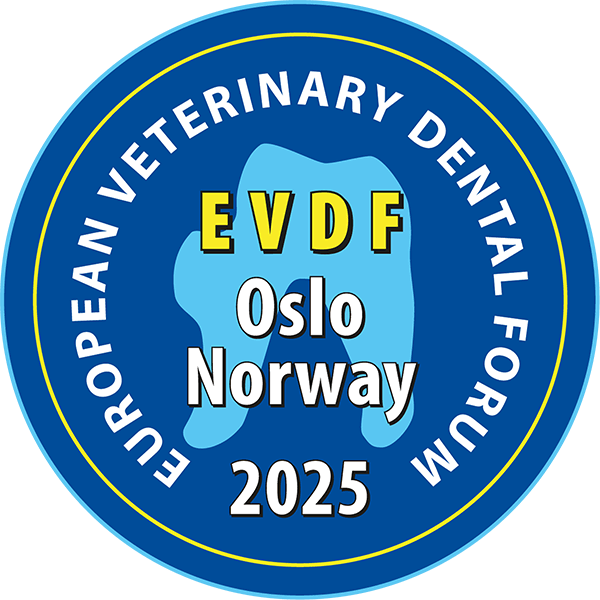

A number of health and safety concerns have been raised surrounding the practice of equine dentistry (Tremaine and Casey, 2012). Aerosolised particles have been demonstrated to be a risk to those using motorised dental equipment for equine dentistry, and it is recommended that appropriate personal protective equipment (PPE) is worn during the use of motorised instruments (Bescoby et al., 2021). Posture and repetitive movements have also been highlighted as a risk to operators (Burnett, 2005).
In the UK, it is required that employers prevent or reduce risks to health and safety from exposure to noise at work. Noise-induced hearing loss (NIHL) accounts for up to 60% of reported work-related diseases and amounts to between 7-21% of hearing loss worldwide (Lie et al, 2016). However, there is currently no literature to guide either employers or the self-employed on the risks to personnel performing equine dentistry using motorised equipment.
The authors hypothesised that equine veterinary surgeons and equine dental technicians using motorised tools equipment are exposed to noise levels approaching the lower exposure action values as per the United Kingdom’s ‘The Control of Noise at Work Regulations (2005)’. These are stated as a daily or weekly personal noise exposure of 80dB and a peak sound pressure of 135dB.
Equine veterinary surgeons and equine dental technicians performing routine dentistry using motorised dental equipment were included in an initial questionnaire to determine approximate exposure times across this cohort of individuals. Participants were also asked to state which, if any, health and safety concerns they had whilst performing equine dentistry and to detail any personal protective equipment (PPE) used. Subsequently, the noise output range of motorised dental units was measured using a sound level meter across a range of dental units. These were all in good working order. Measurements were obtained at the level of the operator’s ear, with the unit in the normal working position for performing routine odontoplasty. Calculations were performed to determine the average noise exposure during a normal working day.
References
- Bescoby, S.R. et al. (2021) ‘Quantitative and qualitative analysis of operator inhaled aerosols during routine motorised equine dental treatment’, Equine Veterinary Journal, 53(5), pp. 1036–1046. Available at: https://doi.org/10.1111/evj.13379.
- Burnett, K.M. (2005) ‘Equine Dentistry: Safety Considerations for Practitioners’, Clinical Techniques in Equine Practice, 4(2), pp. 120–123. Available at: https://doi.org/10.1053/j.ctep.2005.04.003.
- Lie, A. et al. (2016) ‘Occupational noise exposure and hearing: a systematic review’, International Archives of Occupational and Environmental Health, 89(3), pp. 351–372. Available at: https://doi.org/10.1007/s00420-015-1083-5.
- The Control of Noise at Work Regulations (2005) Section 4 [online] Available at: www.legislation.gov.uk/uksi/2005/1643/regulation/4 [Accessed 22 June 2024]
- Tremaine, H. and Casey, M. (2012) ‘A modern approach to equine dentistry 1. Oral examination’, In Practice, 34(1), pp. 2–10. Available at: https://doi.org/10.1136/inp.e53.
